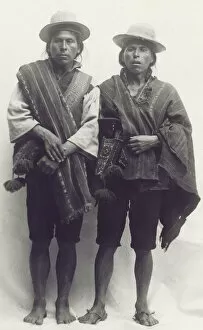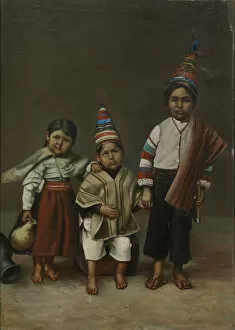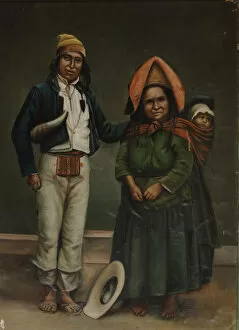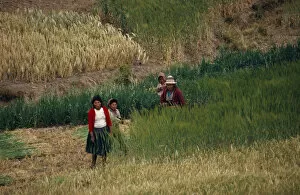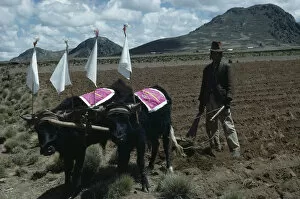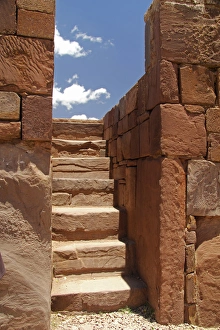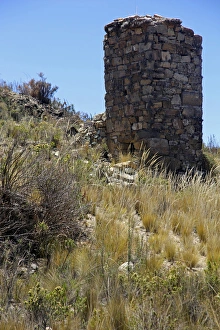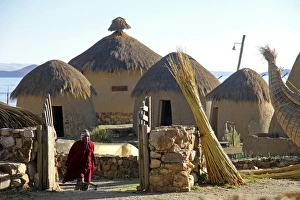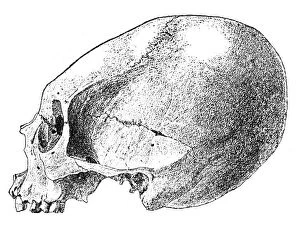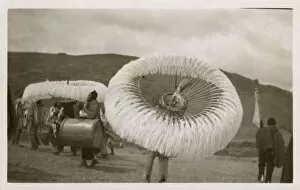Aymara Collection
The Aymara, an indigenous group in Bolivia, holds a rich cultural heritage that dates back centuries
All Professionally Made to Order for Quick Shipping
The Aymara, an indigenous group in Bolivia, holds a rich cultural heritage that dates back centuries. In the bustling city of La Paz, young Aymara boys proudly don their traditional clothes as they stand in front of the small church, embodying their ancestral traditions. A captivating portrait captures an Aymara mother dressed in vibrant traditional attire with her child by her side, showcasing the deep bond between generations and their commitment to preserving their customs. Delving into history, we discover remarkable artifacts like the Coca or Ceremonial Cloth (Inkuna) from 1850/1900. Its intricate design reflects the artistic prowess of unknown creators who paid homage to Aymara beliefs and rituals. Another fascinating piece is the Ceremonial Scarf (bufando or ufanta), also from 1850/1900. This delicate accessory symbolizes spiritual significance within Aymara culture and serves as a testament to their craftsmanship. Ancient mummies found in Peru provide glimpses into how these ancient people lived and honored their deceased. Engravings by Vernier depict these well-preserved remains, offering insights into ancient burial practices. Traveling through Bolivia's South America region reveals an awe-inspiring sight: an Ancient Aymara funerary tower standing tall against time's relentless passage. It stands as a testament to the reverence this civilization held for its departed ancestors. Fragments sculpture further highlight their artistic legacy—a visual language etched onto stone that tells stories of mythologies passed down through generations. Photographs taken around 1890-1892 capture moments frozen in time—Aymara children playing joyfully amidst breathtaking landscapes while adults proudly display traditional garments that speak volumes about identity and heritage. Venturing beyond urban settings brings us closer to reality—on Bolivian Altiplano near Potosi lies a hardworking Aymara/Quechua family reaping their barley.

